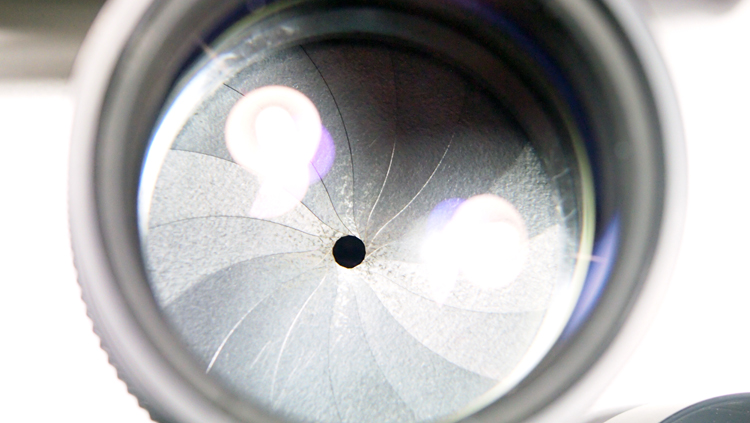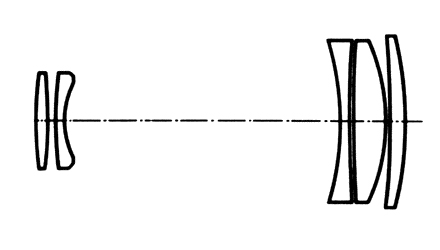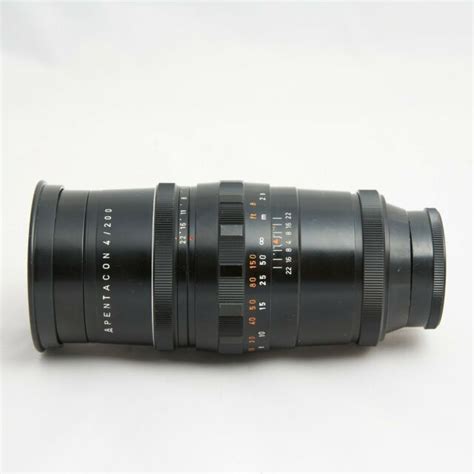The Lens details of a series of images taken by Steve Cushing on mirrorless camera.
Fitting has a 42mm mount
Flange Distance - this lens will fit and achieve focus to infinity mirrorless cameras and on DSLRs.
HistorySoviet lenses have a strange background in comparison with their German and Japanese counterparts. Some optical designs, such as the Helios 44 are direct copies of the Biotar and Flektogon series made my Carl Zeiss. The Jupiter 11-A has the Sonnar design. However, what makes them stand apart is that even if they are copies they still have a unique image rendering.
The names of the Soviet lenses often featured cosmic themes rather than optical design names such as Jupiter, Vega, Helios, Tair. In the Soviet era, everything that is connected with space was a trend. And they called the cosmic names of not only for their lenses, but other items such the tape player "Vega" motorbikes "Jupiter," and so many more products. Soviet lenses can be divided in two ways. Sometimes the name states the optical design (Helios, Industar, etc), The second way to clarify them is the brand of the manufacturer (Arsat, Zenitar, BelOMO).
The first way implies that the name of the lens attached specific optical design. This logic is likely to have been borrowed from the German company Carl Zeiss. Historically, after the WWII the Soviet Union brought the reparations of the optical factories from Germany, with raw materials and blanks, and also received the right to use certain optical designs, it is mostly the firm Zeiss.
But as the companies developed, Soviet designers took Zeiss lenses, produced them with Soviet types of glass and put them into production. So developed legendary Soviet lenses. Some optical designs were also invented by Soviet designers. For example Tair, Telear, Kaleinar etc.
Pentacon is the company name of a camera manufacturer in Dresden, Germany. The name Pentacon was derived from the brand Contax of Zeiss Ikon Kamerawerke in Dresden and Pentagon, as a Pentaprism for Single-Lens Reflex (SLR) cameras was for the first time developed in Dresden. The logo is a cross section of a prism and has a pentagonal shape. Pentacon is best known for producing the SLR cameras of the Praktica-series as well as the medium format camera Pentacon Six, the Pentacon Super and various cameras of the Exa series.
Pentacon also produced slide projectors.
In 1959 several Dresden camera manufacturers, among them VEB Kamerawerke Freital, were joined to create Volkseigener Betrieb Kamera- und Kinowerke Dresden, which was renamed in 1964 to VEB Pentacon Dresden. In 1968, VEB Feinoptisches Werk Görlitz was integrated into VEB Pentacon. Accordingly, the former Meyer-Optik Görlitz lenses were now renamed to ”Pentacon“ .
After German reunification in 1990 Pentacon, as with most East German companies, came to be possessed by the Treuhandanstalt (the federal board concerned with the privatisation of East German companies) and was selected for closure instead of sale. It was deemed that company was grossly inefficient, employing six thousand staff when it could have sufficed with one thousand, and selling its cameras at a loss.
Production of cameras and lenses continues, but is now outsourced to South Korea.
Other parts of the former Pentacon company was sold to Noble and today belong to Kamera Werk Dresden, which, among other products, manufacture panoramic cameras under the Noblex brand, and cameras for industrial use under the Loglux brand.
This Lens
You can buy the Pentacon 200mm f4 15 bladed lens for about 20 euros on eBay or you can buy the Meyer-Optik Görlitz Orestegor 200mm f4 for about 150 euro, either way there are no differences other than the name, no difference in the glass elements or in the other mechanical parts. They are the same lens made in the same factory in East Germany just with a different name on the lens.
The optical scheme comprises 5 elements in 5 groups. Thanks to the 15-bladed aperture, this lens has a beautiful bokeh, the subjects located outside the depth of field are shown with highly circular features.
So if it is marked PENTACON 4 / 200 - German Democratic Republic. This is the successor to the Meyer Optik Gorlitz Orestegor 200mm f4 and is essentially the same lens at a lower price.
Lens In UsePROs:
- Solid and well balanced.
- Sharp lens with creamy-bokeh.
- Build quality is nothing short of tank like.
- Weighs 600 grams
- Minimum focusing distance 2.5 m
- FL = 200mm
- 15 Blades - Preset - f4 to f 22
- 5 elements in 5 groups
- This lens has a removable mount. Most commonly available in M42. Otherwise Exacta.
CONs
- Very heavy lens.
- Soft wide-open
Summary If you see the pentacon 135 as a hand-grenade this is a ballistic missile of a lens, built like one and feels like one.
Overall a pretty good buy if you are looking for a cheap but relatively good 200mm lens. MF is easy to use although a-bit annoying since the longer focal lengths are used more for things that are jitter and like to move quickly, but good skill development
For general information on lens design and lens elements go to the homepage
HERE






